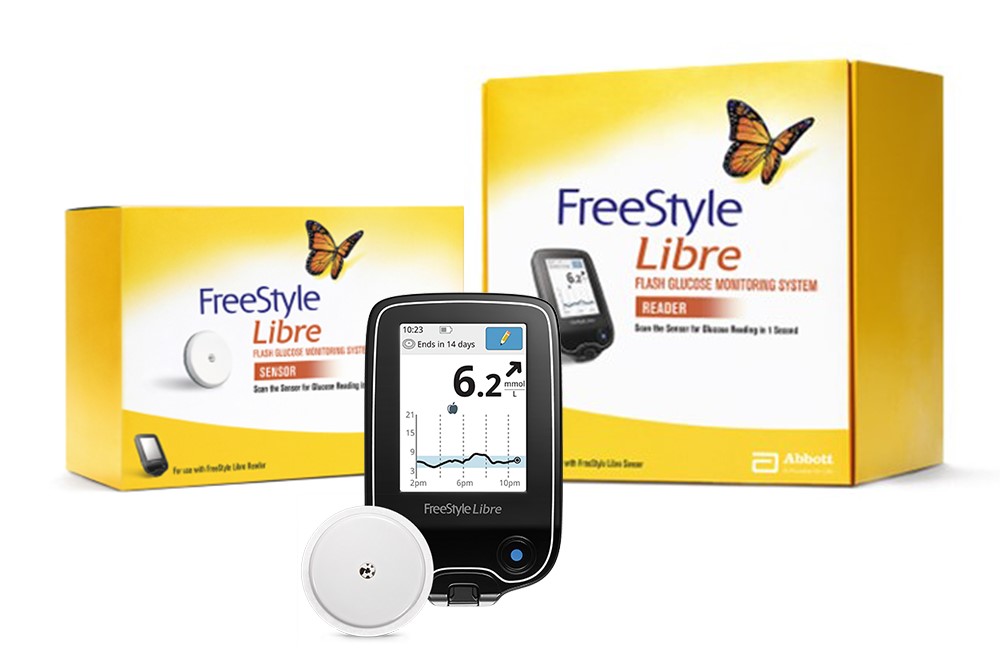
If you have hypoglycemic unawareness, be aware that this system has not been evaluated for use in this situation. If you must have an MRI, CT scan, or diathermy treatment, you’ll need to remove the sensor. You shouldn’t try to use the FreeStyle Libre system if you are dehydrated, hypotensive, in shock, in a hyperglycemic-hyperosmolar state, or in diabetic ketoacidosis (DKA). The Libre has not been approved for pregnant women, people on dialysis, or those deemed critically ill.

Who Should Not Use the FreeStyle Libre SystemĬhildren younger than 18 years should not use this system.

It has not yet been approved for use by children younger than 18 years old. The FreeStyle Libre flash glucose monitoring system is intended to be used by adults with diabetes. Who Should Use the FreeStyle Libre System You’ll also want to check your levels with a finger stick if you suspect the FreeStyle Libre readings are not accurate, for whatever reason. If you experience symptoms consistent with either high or low blood sugars, do a finger stick check, regardless of what the display shows. The unit itself may prompt you to do so by indicating “Check Blood Glucose” on its display. However, there are some circumstances in which you will still need to prick your finger for a blood glucose reading, even while wearing the FreeStyle Libre. The beauty of this new system is that it does not require daily or twice-daily finger sticks for calibration or for confirming insulin dosages. Fingersticks Are Still Required, But Not as Often You will also see a graph with data from the past eight hours, so you can begin to detect trends and patterns. Once you’ve scanned the sensor, the handheld reader shows your current glucose levels, along with an arrow indicating whether your levels are stable or are trending up or down. You can scan the sensor an unlimited amount of times during its life (about 10 to 14 days). It can read through clothing, as well, which allows for more discreet testing. You simply hold it close to the sensor (within 1.5 inches) to initiate the scan. In addition to the sensor, the system includes a reader, which scans the sensor using NFC technology to receive glucose level readings from it. Apparently, the sensor may not function properly if placed in other areas. Other CGMs are often worn on other areas of the body, such as the abdomen, but that is discouraged with this system at this time. The FreeStyle Libre is only approved to be placed on the back of the upper arm. Insertion of the sensor is simple and painless.

#Freestyle libre flash glucose monitoring system youtube skin#
The sensor is a tiny filament (0.2 inches in length, about the thickness of a hair, according to a review on Diatribe) that penetrates the top layers of skin and reads the glucose levels in the interstitial fluid, rather than in the blood directly. Similar to other CGMs, the FreeStyle Libre is a small, round plastic device (called a “patch”) that adheres to the skin and contains a sensor, which is inserted into the skin. 4 Who Should Not Use the FreeStyle Libre System.3 Who Should Use the FreeStyle Libre System.2 Fingersticks Are Still Required, But Not as Often.


 0 kommentar(er)
0 kommentar(er)
